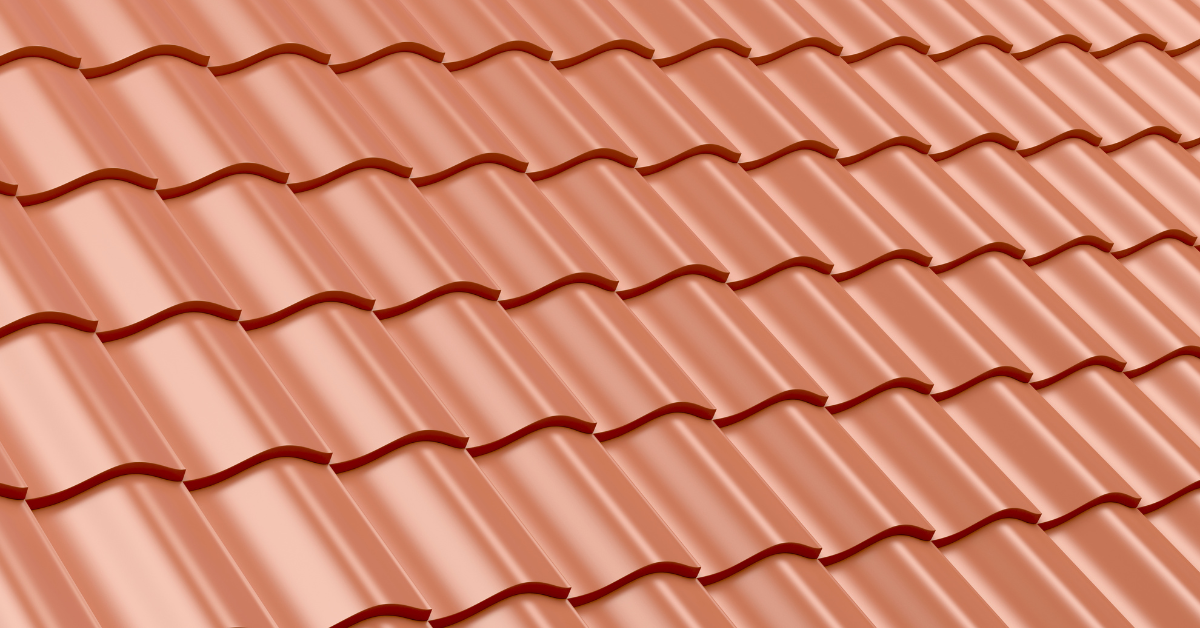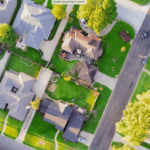Copper roofing: It’s been featured atop some of the most famous buildings across the world. Its elegance in design and durability make it the perfect choice for those who don’t want just a roof. They want something beautiful. If you’ve ever asked, “What is copper roofing?” PJ’s Roofing has all the answers.
History
It’s one of the world’s oldest metals. In the Copper Age––an era coined by archeologists––skilled craftspeople used the brown-orange material to create tools and weapons. Later, it became a mainstream building material for cathedral roofs and exquisite domes.
Homes in the US and historic public buildings constructed in the 1600s and 1700s have seen several renovations. From interior updates to exterior upgrades, historic homes almost always have projects in the works. Yet, copper roofing requires minimal cleaning and touch-up. When properly installed, they endure and are virtually indestructible.
Different Styles
This material can add an elegant touch that beats any stone walkway or bay window feature with an open mind, a little imagination, and a skilled installer. This roof style can be added to almost any house design, yet there are limitations when it comes to types of copper as a roofing material. Its styles include:
- Continuous Copper Roofing—This specialty application is usually built to specification for each project and can be the priciest option. Sheets of copper are laid out on a roofing substrate and assembled in one piece without joints or seams.
- Copper Panels—Less expensive than continuous sheets, these arrive in standard widths and are hand-installed with visible seams. Some seams are crimped while others are brazed or welded.
- Copper Roofing Shingles—Commonly used because of their lower cost, they are hand applied like other types of roofing shingles, yet TLC is a must during installation due to their soft surface.
Benefits of a Copper Roof
Copper has been the choice of builders and architects for hundreds of years. Premium buildings are capped with it because their weather protection is above the rest. The benefits include:
- Architectural appeal—They’re gorgeous, right?
- Durability—They improve with age.
- Long-run cost-effectiveness—Initially more expensive, yet lasts for centuries.
- Low maintenance needs—Freshening up the look is a matter of choice––aged patina is gorgeous.
- Antimicrobial properties—Mold- and rot-free and easy to clean.
- Lightweight—Easy on trusses compared to concrete tiles or slate shingles
- High-heat threshold—Minimal expansion and contraction during hot and cold cycles.
- Fire-resistant—It takes a tremendous amount of heat to distort or destroy it.
- High-value retention—The visual impact alone gives it stellar curb appeal.
- Sustainability—Natural and recyclable, they outlast every other product.
That Gorgeous Patina
Unlike iron which rusts and deteriorates over time, copper’s chemical change coats itself with a preservative. Oxide-sulfate patina is the phase where it shifts from glistening copper to a blackish-green. This preserves the underlying metal and prevents it from corroding like other metals.
The aged green hue is what so many love about their copper roof. Some wonder how long the process takes to morph from shiny and clean to minty green. Several factors are involved:
- Building location
- Humidity levels
- Climate conditions
- Direct water exposure
Although the initial cost will be higher, the long-term benefits make it a winner in the budget and longevity departments. Copper roofs last several lifetimes, so always choose an experienced contractor to get the job done right. We have extensive expertise installing top-quality roofs and their supporting systems. Give us a call, and let’s design a custom roof for your home or next commercial project.













